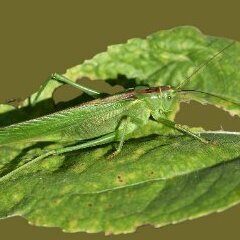Rear Wheel Spindle Bearings Converted
-
Similar Topics
-
By Tejun
Neighbor rode their Coleman with the park brake apparently not fully released. Needless to say, things got pretty hot and even started smoking and the smoke was definitely gear oil smell. Looks like oil is coming from the area just behind the disc for the park break. Looking at parts diagram, there is an oring behind the nut/washer that attaches the flange to pinion shaft. I'm not finding anything on YT that would help with disassembly. Anyone have some experience with removing rear driveshaft ?
-
By camojay
When we first heard the noise, we immediately stopped driving it...at first we thought it might be a linkage issue, but after further inspection looks like the sound/jolting is coming from the rear diff. Took a video below...
Anyone know what is creating the diff to skip/jump like this? We drained the diff oil and didn't look terrible, no metal.
Other info that may be useful:
1400 miles on it
Recently tightened the E brake
P.s. never posted on this forum before, let me know if the video does not work
20240817_133539_1.mp4
-
By Robbie Wyre
I'm working on a 2005 Cub Cadet side by side and I'm trying to remove the front two axles. I have a slide hammer puller on the inner joint and with all my strength they will not budge. Anyone have the same issues and is there something I'm missing or a trick of some sort to pull these out? Any suggestions please and thank you.
-
By GaryC
Unfortunately my rear Diff housing cracked on my 2013 and I need to replace it or find a good used complete differential. I think the same one was used from 2013-2016? Any help or referrals appreciated. Thanks, Gary (949)370-2575 (in UT)

-
By lowgear52
Has anyone purchased a rear differential from Alibaba, they want $432.00 for diff and $35.00 for shipping. This would be a great deal if I can trust them any thoughts?
-







Recommended Posts
Join the conversation
You can post now and register later. If you have an account, sign in now to post with your account.
Note: Your post will require moderator approval before it will be visible.